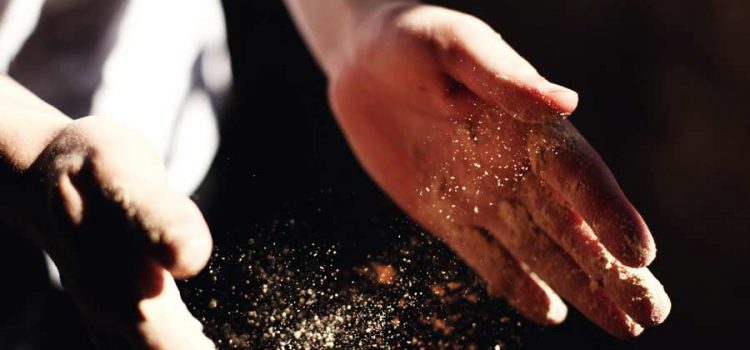It is beyond the shadow of a doubt that dust within a home can have adverse effects on everyone inside. Research has shown that somewhere between 20% to 50% of that dust can actually be composed of dead skin cells, and that makes these basic structural units of life one of the majorities in many places. However, many other materials can contribute to this troublesome buildup, and this may include human hairs, fibers, animal fur and outdoor soil minerals among a diverse set of other materials.
It has been noted that the average American can usually spend as much as 90% of each day within the confinement of four walls somewhere. That makes indoor environmental health of cardinal importance, and so air filtration systems are continuing to improve so that people can be more certain that they are breathing cleaner and safer air than ever before. Researchers are continuing to create a measurement of all the exposures of an individual in a lifetime and then to compute how those exposures relate to health—the “exposome” approach.
Indoor Contributions
Modern dust analysis shows that while dust can be very diverse, it is still noted that about a third of household dust actually emanates from the inside of the home itself. Some of the stronger human allergens that this dust consists of can be detritus (the human dead skin cells as mentioned above) and pet skin cells, both of which can be fed on by dust mites that cause allergic reactions in many as well. If the residents within the home smoke, then this is certain to add some particulate matter to the dust composition along with decomposed insects, food debris, and carpet / clothing fibers to name a few origins.
Human-Made Chemicals
One must also consider the reality of humanmade chemicals as well. One example of this was flame retardants and surface protection chemicals that the law once required some furniture and clothing to be treated with in various jurisdictions. Thankfully it has now been identified that this can lead to exposure, because these chemicals were starting to be seen in human blood and tissue due to the inhalation of this dust. Antimicrobial soaps have been considered as one solution, but it has now been seen that after some time this toxic indoor dust will actually acclimate such that it has a rise in antimicrobial resistance. The microbes and bacteria that are not completely destroyed are able to develop genes that are antibiotic-resistant.
Outdoor Contributions
As far as the outdoor dust contributors go, there are copious amounts of hazards that add to the entire dust load. Whether it is tracked in by the occupants and pets or comes in on its own through the windows and vents, it is still imperative that the most be done to combat health issues. One of the examples of an outdoor source is the neurotoxin lead. It has been emitted into the outdoor atmosphere for a long time through numerous industries and inventions, but lead poisoning can be lethal and disabling to neural development. This is especially true for children and those with a weakened immune system.
What This Means for Health
Some of the more minor body reactions to these mostly invisible toxins can be irritation of the eyes, sneezing, coughing, hay fever, and asthma attacks. However, those with existing respiratory conditions can have their symptoms far worsened by just small amounts of dust that will lead to problems to people with chronic obstructive airways disease (COAD), emphysema, and asthma. Many years of breathing this dust has shown heart and lung disorders as well as chronic bronchitis. Analysis of this home dust is continuing to improve the scientific understanding of its composition as well as the development of ways to further limit the negative effects that so often can be experienced.
